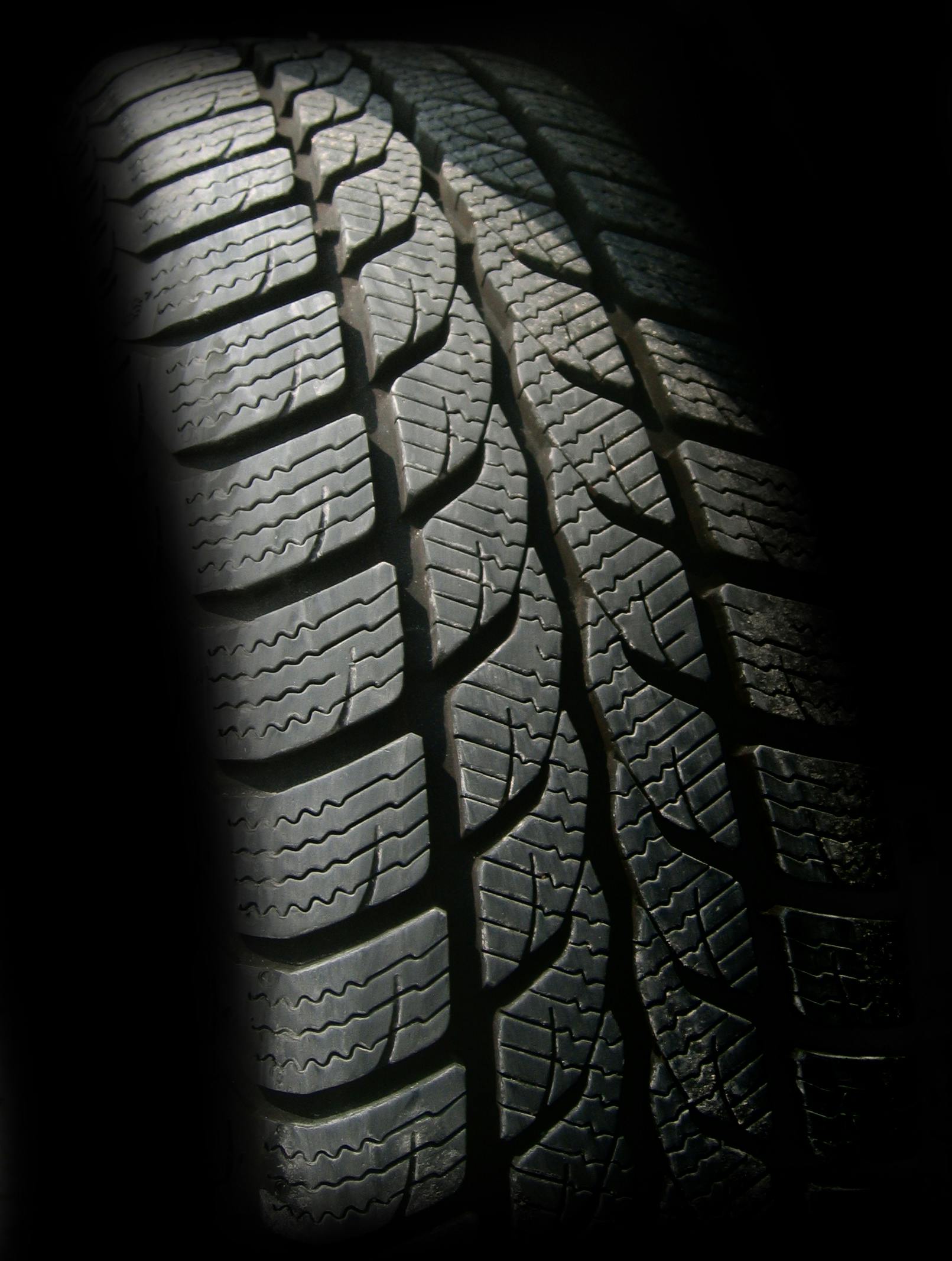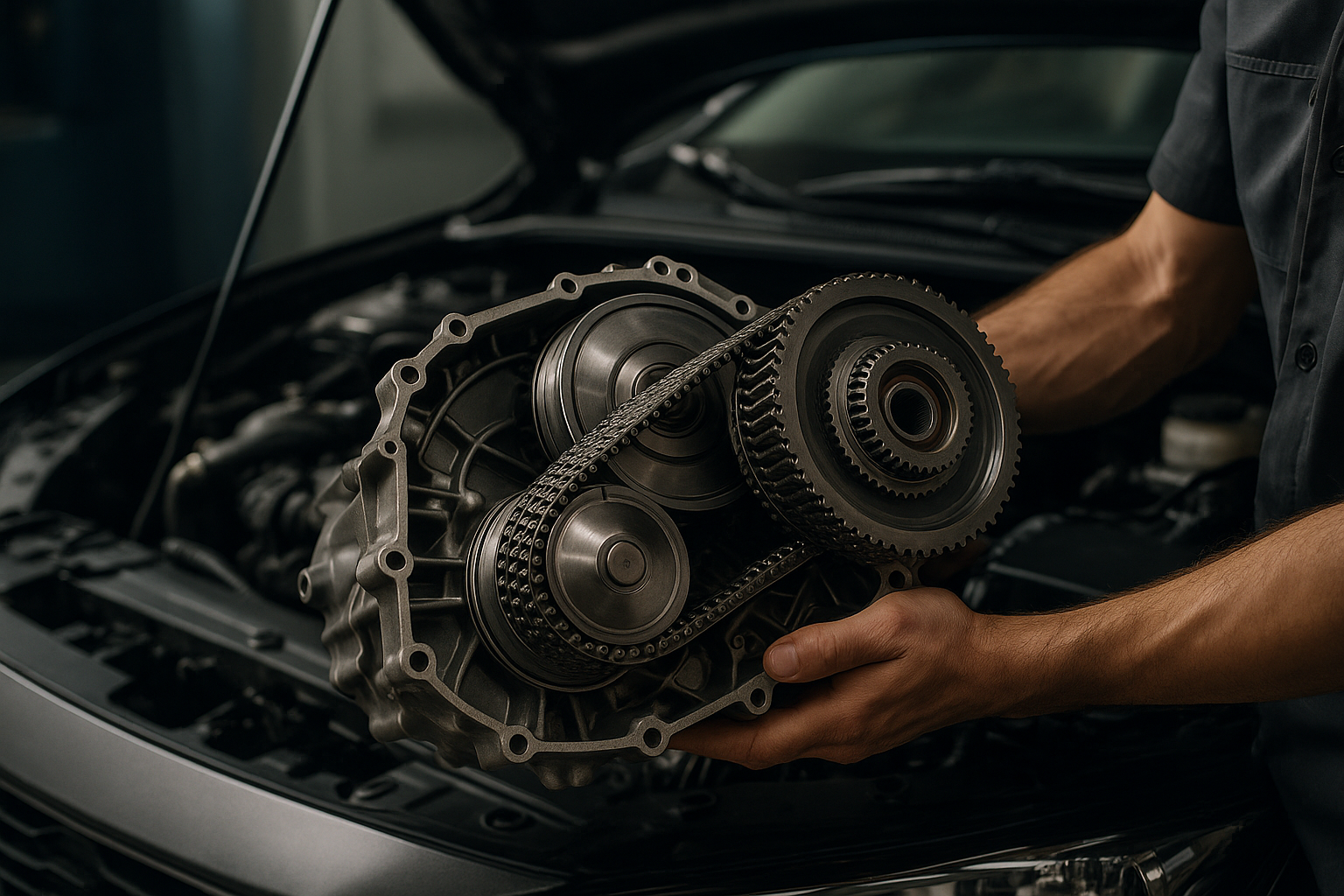The Resurgence of Rotary Engines: A Modern Spin on a Classic Technology
In the early morning light, a deep hum resonates through the air, a sound that reverberates with the legacy of power and innovation. It's the roar of a rotary engine coming to life, a technology that once fell out of favor but is now making a surprising comeback. Let's delve into the unique journey of the rotary engine, from its historical origins to its modern revamp.

The Genesis of the Rotary Engine
The rotary engine, also known as the Wankel engine, was patented by Felix Wankel, a German engineer, in 1929. This engine diverged from the traditional piston engine, utilizing a triangular rotor that spins in an oval-like epitrochoid-shaped housing. In the 1960s and 70s, rotary engines were hailed as the future of automotive technology for their compact size, higher power-to-weight ratio, and smooth operation.
However, these engines faced significant challenges. They struggled with fuel efficiency, emission control, and durability. By the 1980s, most manufacturers abandoned rotary engines in favor of more conventional and reliable piston engines.
The Unexpected Resurgence
Fast forward to today, and we’re witnessing a surprising resurgence of the rotary engine. But why? One reason is that improvements in manufacturing and engineering processes have addressed some of the rotary engine’s historical challenges.
For instance, the issue of rotor sealing, a major cause of decreased engine lifespan, has been mitigated through advancements in seal materials and designs. Additionally, modern fuel injection systems have improved the rotary engine’s fuel efficiency.
Current Uses and Future Possibilities
Today, rotary engines are finding their place not just in sports cars, like the iconic Mazda RX-8, but also in unexpected areas, such as range extenders for electric vehicles (EVs). For instance, Mazda has announced plans to use a small rotary engine as an EV range extender in the MX-30, where its compact size and lightweight nature prove advantageous.
Moreover, rotary engines are also being explored for use in drones and other small, unmanned aerial vehicles. The high power-to-weight ratio and compactness of the rotary engine can be beneficial for these applications.
Impact, Benefits, and Challenges
The renewed interest in the rotary engine could have significant implications for the automotive industry. If the technology can indeed overcome its historical obstacles, it could offer a unique combination of power and compactness, ideal for a variety of applications.
However, challenges remain. The rotary engine must prove its long-term reliability and compliance with stringent emission standards. Moreover, it must compete with the ongoing advancements in piston engine technology and the growing dominance of electric drivetrains.
A Revving Conclusion
The return of the rotary engine is a fascinating example of how innovation can be cyclical, with ideas falling out of favor only to be revived later with new technologies and applications. The story of the rotary engine is far from over. It’s a relic from the past that has spun into the future of motoring, ready to carve its unique path in today’s automotive landscape.




